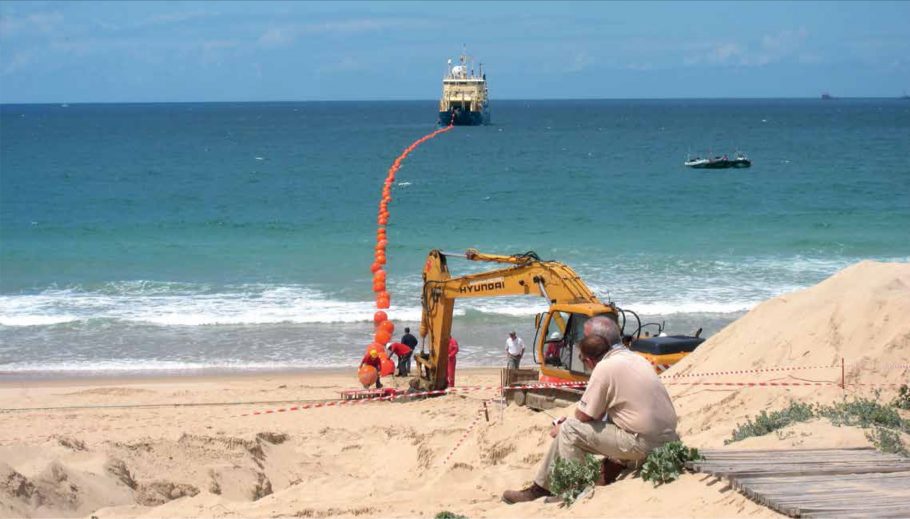What motivated you to write a book on the inner workings of the Internet?
I first began exploring the Internet in early 2009, when it was a very different world. Netflix was still mailing DVDs in red envelopes, the iPad did not exist, and the ‘cloud’ was an insider’s marketing term. But, even so, we needed—absolutely needed—to be online to get any work done. When my home Internet went down and the cable guy insisted the culprit was a squirrel, my eyes were opened: if a squirrel could chew on the Internet in my backyard in Brooklyn. There had to be other parts that they could also chew on. At the time I was working for WIRED, and so I set out in search of the wires.
What was your most memorable experience in your journey around the world when you were ‘visiting the Internet’?
There were many (at least a few in each chapter!), but as time passes, the one that sticks out the most was my attendance at the North American Network Operators’ Group (NANOG) conference, in Austin, Texas, in the winter of 2010. It was the moment when Google, Amazon and Facebook were really beginning to flex their muscles and expand their global networks—and they wanted to peer with everyone. It was a small conference at the time, with just a few hundred people, and it was amazing to see the connections between networks being made in real time.
How do you see Internet infrastructure playing a role in our day-to-day lives?
Alas, in the current moment, everything about our day-to-day lives depends on Internet infrastructure. I’ve been impressed by how well it has held on and kept up with the incredible demands we’re placing on it. It’s a shining moment for the networking community.

Your book, ‘Tubes’ released in 2012, has been appreciated by many around the world. Can you share with our readers how has the Internet changed in the last eight years?
Undoubtedly, it’s the increasing dominance of the super-networks. It is as if the Internet has been eaten up from the inside, with a few networks not only soaking up existing capacity, but constructing (and owning) the next generation of infrastructure. That makes their services work well, but it is taking us away from the original notion of the Internet as a ‘network of many networks’. I’m keeping a close eye on the consequences of that.
Do you think the Internet is resilient enough to withstand the increased demands and stress test of times like these, when we are facing consequences of a pandemic?
So far, it certainly seems that way. The next challenge will be the economic shock, which might make it hard for communities and ISPs to keep up with that demand.

